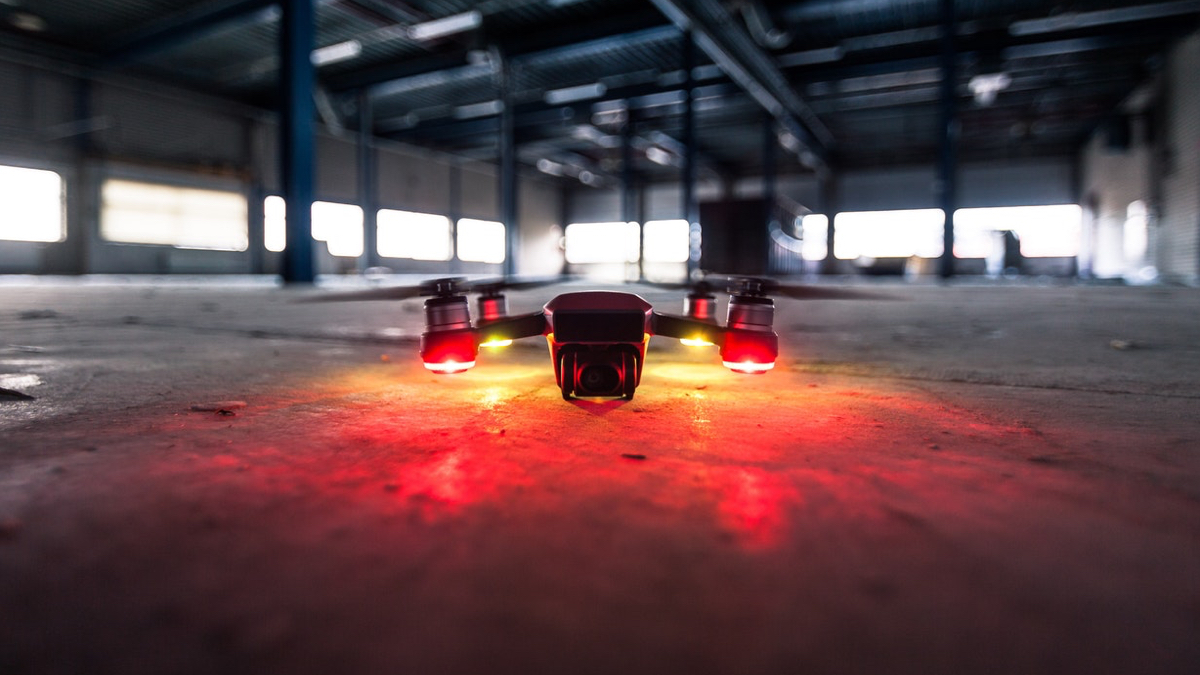A few simple tips: how to prevent a drone from crashing

Quadcopters are complex mechanisms consisting of multiple interacting systems. Even if it is not always possible to track software and technical failures, you can still reduce the risk of their failure and even loss. Of course, some breakdowns occur due to factors that cannot be affected. So why do accidents happen? Consider the most popular scenarios.
The propellers of most drones are made of durable material, but in order not to harm others, they are quite flexible. For this reason, it is likely that after several blows they may lose their shape, and this leads to a distortion of the flight path. Check their status before each launch. The most obvious advice, we agree. But many pilots neglect them, especially after a few successful flights, when it seems that they have learned everything and the next shot will not interfere.

Sure, you know that when flying near tall buildings, the GPS signal level is significantly weaker. Trying to establish a connection with the satellite, the copter often incorrectly restores the take-off point for returning to the “base”. So if you hit the Return to Home button, the drone can hit the very first obstacle in the path. Set as the take-off point the location of the control panel, and to avoid interference on the way - set the height of the return home more than 100 meters. This is enough to fly everything that could be in the area, if you are not located near the TV towers and other very tall buildings.
Also, before using the Return to Home function, make sure that your drone supports the automatic obstacle override mode. If not, then after pressing the RTH key, the drone will simply pave a straight path to the take-off point, on which there may be branches, buildings or power lines. This will inevitably lead to a serious accident. The problem is solved similarly to the previous one: we set the height of the function of returning home more than 100 meters and wait for the copter back.

Another common cause of a crash is an improperly tuned compass. Its parameters can stray from any magnetic or radio exposure. Try to keep the drone away from radiation sources of this kind, for example, from car speakers, and do not fly near power lines and TV towers.
A sudden shutdown of the video signal can also create an emergency situation. It happens because of damaged wires to connect the remote control to a smartphone or tablet. Always check their integrity before the flight and carefully disconnect after.
Do not forget that you can only fly with a fully charged battery, and go to land better at a charge level of 30%. If there are any difficulties, you will have time to deal with them or find another place to land.
What to do if an accident did occur?

Even experienced pilots are not protected from accidents. Sometimes it can happen because of your fault, sometimes due to circumstances beyond your control. So what then to do?
- Check if the copter is broken. If there is any visible breakdown, remember it, since you will have to describe it when you contact support.
- Turn off the remote control, remove the batteries, remove the propellers and clean the drone from sand, earth and other debris.
- Turn the drone over so that the chassis is at the top, and turn the motors. So you will get rid of the garbage which was hammered in them. Inspect each motor to make sure it is in place and nothing is broken.
- Check the tilt angle of the stabilizer, its mounting, the integrity of the camera and the battery, look for cracks and broken parts.
- After removing the propellers, check each for deformation. Broken - replace.
- Blow every moving part of the drone against sand and dust.
After inspection and completion of all checks, we advise you to restart the device.
- Insert the battery back into the copter and wait for it to turn on.
- Adjust the compass and try to turn the stabilizer using the remote control.
- Check the motors by turning them on without propellers, and then with the screws installed.
- Place the drone on a flat surface and record a test video to check for camera shake or blur.
- Make one test flight at low altitude. To make sure everything works fine, perform standard movements (forward, backward, left, right, etc.).
If you have completed all the items, but the kopter still refuses to turn on or work, then we advise you to call the DJI technical support. Consultants will help you eliminate the damage and tell you what the problem was.
